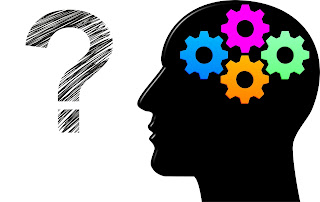That’s a wrap for EEND 679! There were many takeaways from this course and several great discussions that helped me get better at using and implementing technology. I’d like to thank the instructor and my classmates for an informative and beneficial course on assessment and improving student learning.
At the midpoint of the course, module 5, I had the chance to dabble with Genius Hour/Passion Project. It’s definitely a concept I’ve heard and read about, but haven’t found a way or a reason to “fit it in” with my science courses. After being given time in class to learn something new and to learn new things from others, I’m thoughtfully reflecting on how I might start to incorporate this project with my students. I enjoyed being given the freedom to choose a topic to research more about, but I struggled to settle on a topic. Based on other classmate’s experiences and feedback, I feel more confident attempting to start a Genius Hour/Passion Project with my students and plan to do some more research to prepare for next school year. I like the idea of passion projects and hope to find success with it in the near future.
In my artifact blog post, I made reference to the digital badge assignment and the formative assessment design assignment. I also found the infographic assignment and the student portfolio/self-assessment assignment to be useful for my students. After reviewing infographics of others in our class, I was blown away by how professional, clean, and informative they were. I had never used Piktochart or Canva before, and I certainly didn’t need much convincing to use it for myself and my students during the school year. It takes classes like these to introduce me to some really great ideas and I’m thankful to my colleagues for their infographic examples. Module 6’s student portfolio discussion and self-assessment assignment were also great learning experiences for me as I related to other’s background with student portfolios. I also found value in organizing several different student self-assessment forms. The practice of student self-assessment is an important piece in their education, no matter if they are a kindergartener or a 12th grader. I’ve been pushing my students to perform more self-assessments and reflections of their work. By the end of the school year, they really start to appreciate their achievement, progress, and growth. It’s easy for me to plot their progress over time, but there is more value when they can appreciate their journey over the course of a school year.
EEND 679 is my third course in the sequence of courses for the Teaching with Technology Endorsement. I've gotten a lot out of this course and intend to incorporate some of the new things I’ve learned from the instructor and my classmates/colleagues next school year.




